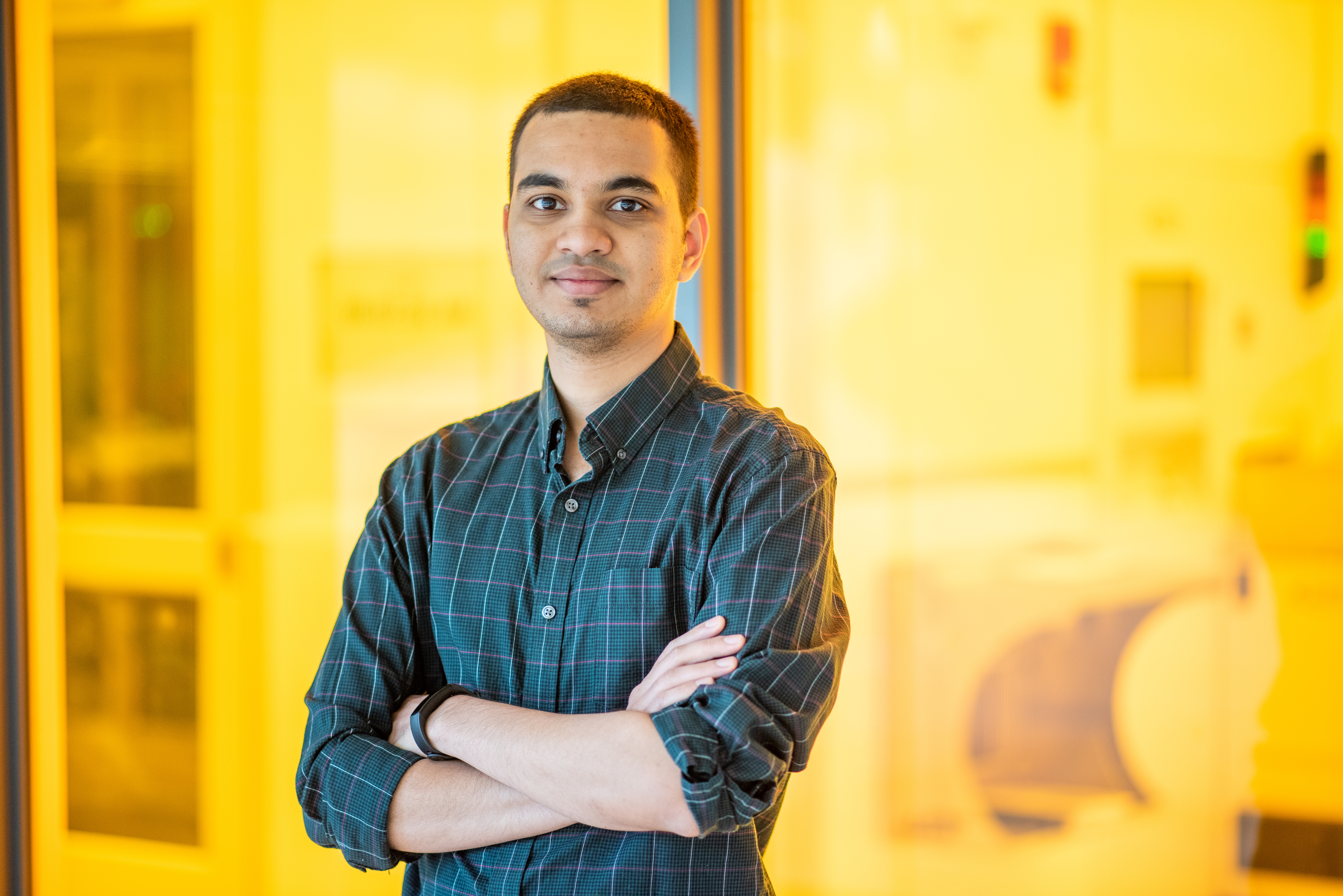Dissertation Defense
Fundamental and Applied Electrochemistry for Photonic Applications
This event is free and open to the publicAdd to Google Calendar

Abstract:
Photonic devices that selectively transmit or reflect light are highly desirable in a wide variety of applications, including energy harvesting, aesthetic decorations and optical displays. However, most of these devices demonstrated to date involve complex patterns or expensive fabrication processes, which limits high volume production.
In this dissertation, we focus on two ambient condition approaches to fabricate photonic devices with the capacity for scaling up. First, the electrochemical liquid-liquid-solid (ec-LLS) growth technique is used to grow crystalline semiconductor micro/nanowires at T< 80 C and Ge nanowire-based broadband absorbers on thermally sensitive flexible substrates are demonstrated. This thesis provides a detailed study on the critical factors affecting ec-LLS crystal growth, and the scope for implementation of this growth method for practical applications is detailed. Second, we apply electrochemical techniques to fabricate structural color filters by sequential electrodeposition of tri-layer metal/dielectric/metal Fabry-Pérot cavities. Additionally, low-power consumption tunable color filters are achieved by employing an electrochemical effect into the structural color design. We show that the proposed structures offer advantages over existing colorant-based filters in terms of high efficiency, lifetime and switching stability. The benchtop electrodeposition method utilized avoids any reliance on vacuum systems and ancillary equipment.
To have a finer control over the electrodeposition processes explored above, it is imperative to understand electrochemical processes and electron transfer processes at semiconductor/liquid junctions. In the last part of the thesis, theoretical and experimental studies on semiconductor-liquid interfaces using individual ultra-micro electrodes are presented, which test the accuracy of Marcus theory at these interfaces.
Chair: Professor L. Jay Guo
 MENU
MENU 
